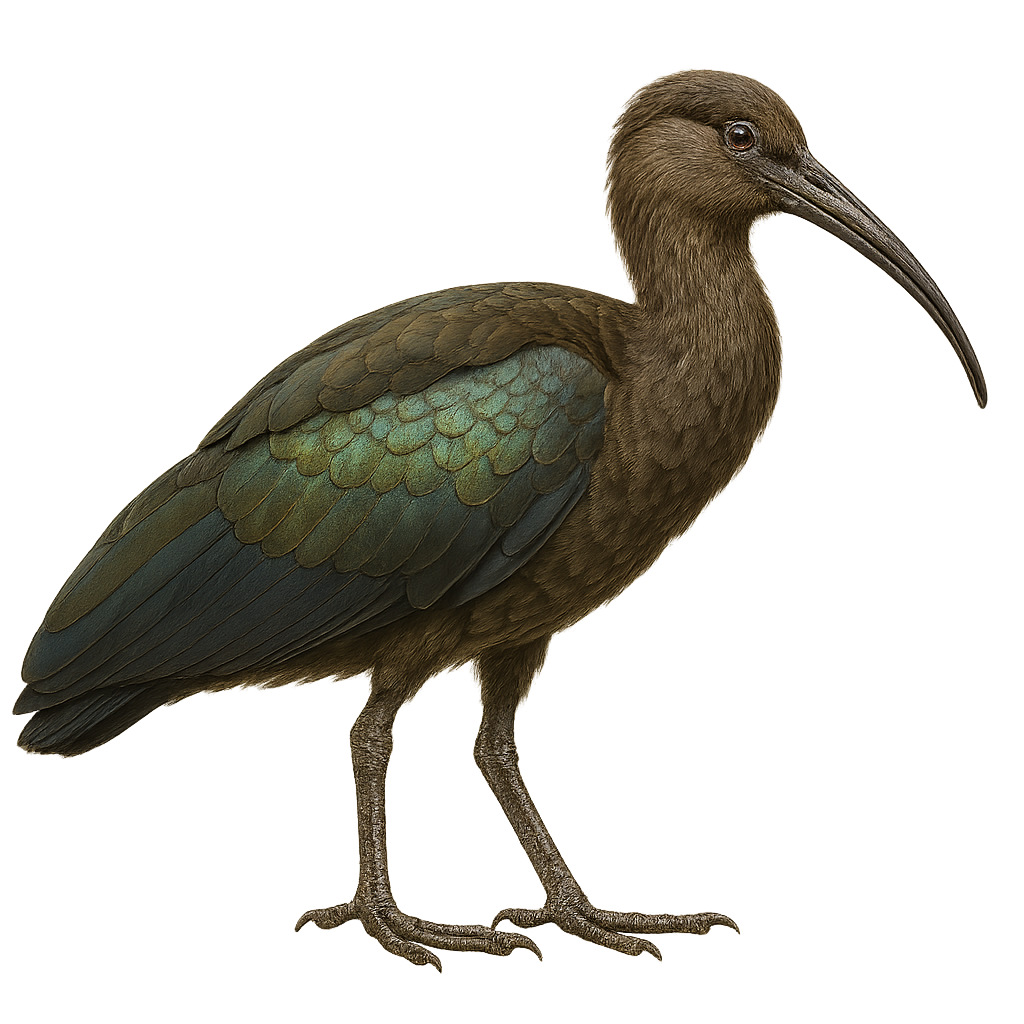Your wildlife photography guide.
Explore the olive ibis in detail, study its behavior, prepare your shots.
Where to observe and photograph the olive ibis in the wild
Learn where and when to spot the olive ibis in the wild, how to identify the species based on distinctive features, and what natural environments it inhabits. The WildlifePhotographer app offers tailored photography tips that reflect the olive ibis’s behavior, helping you capture better wildlife images. Explore the full species profile for key information including description, habitat, active periods, and approach techniques.
Olive Ibis
Scientific name: Bostrychia olivacea

IUCN Status: Least Concern
Family: THRESKIORNITHIDAE
Group: Birds
Sensitivity to human approach: Suspicious
Minimum approach distance: 10 m
Courtship display: July to August
Incubation: 26-28 jours
Hatchings: July to September
Habitat:
Tropical forests, swampy areas, rivers
Activity period :
Primarily active during the day, with peak activity in the morning and late afternoon.
Identification and description:
The Olive Ibis, scientifically known as Bostrychia olivacea, is a shy and elusive bird found primarily in the tropical rainforests of Central and West Africa. Its distinctive olive-green plumage with metallic sheen makes it a unique sight. Preferring swampy areas and riverbanks, it feeds on insects, small crustaceans, and mollusks. Although often solitary, it can be seen in small groups during the breeding season. The Olive Ibis is a wary bird, making it less studied compared to other ibis species. Its conservation status is concerning due to habitat loss from deforestation.
Recommended lens:
400mm – adjust based on distance, desired framing (portrait or habitat), and approach conditions.
Photography tips:
To photograph the Olive Ibis, it's advisable to use a telephoto lens of at least 400mm to capture detailed images from a distance, as this bird is wary and difficult to approach. Look for it in tropical rainforests near rivers and swampy areas. Be patient and discreet to avoid scaring it away. The best times to observe it are early in the morning or late in the afternoon when the light is soft and highlights the metallic sheen of its plumage.
The WildlifePhotographer App is coming soon!
Be the first to explore the best nature spots, track rutting seasons, log your observations, and observe more wildlife.
Already 1 430 wildlife lovers subscribed worldwide

